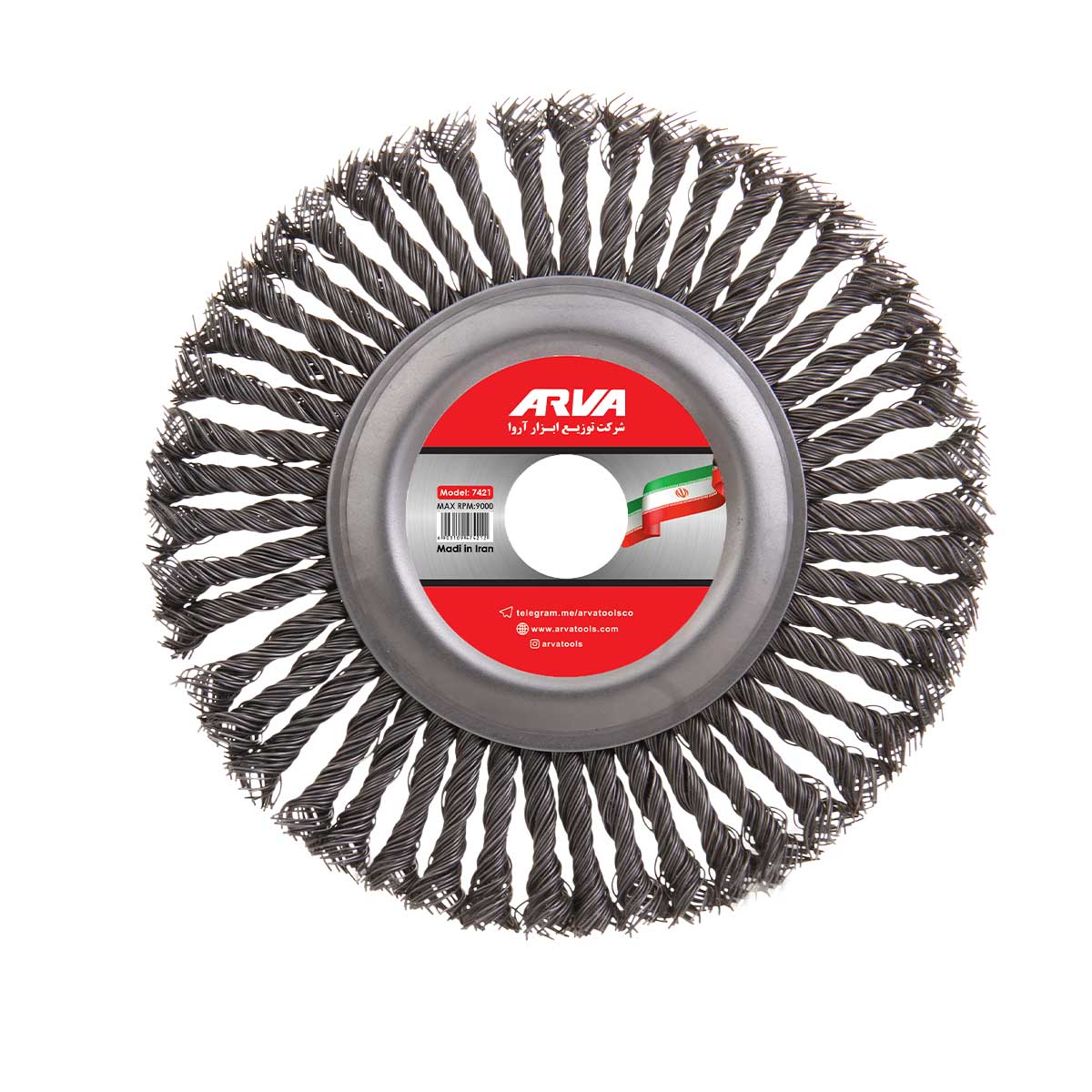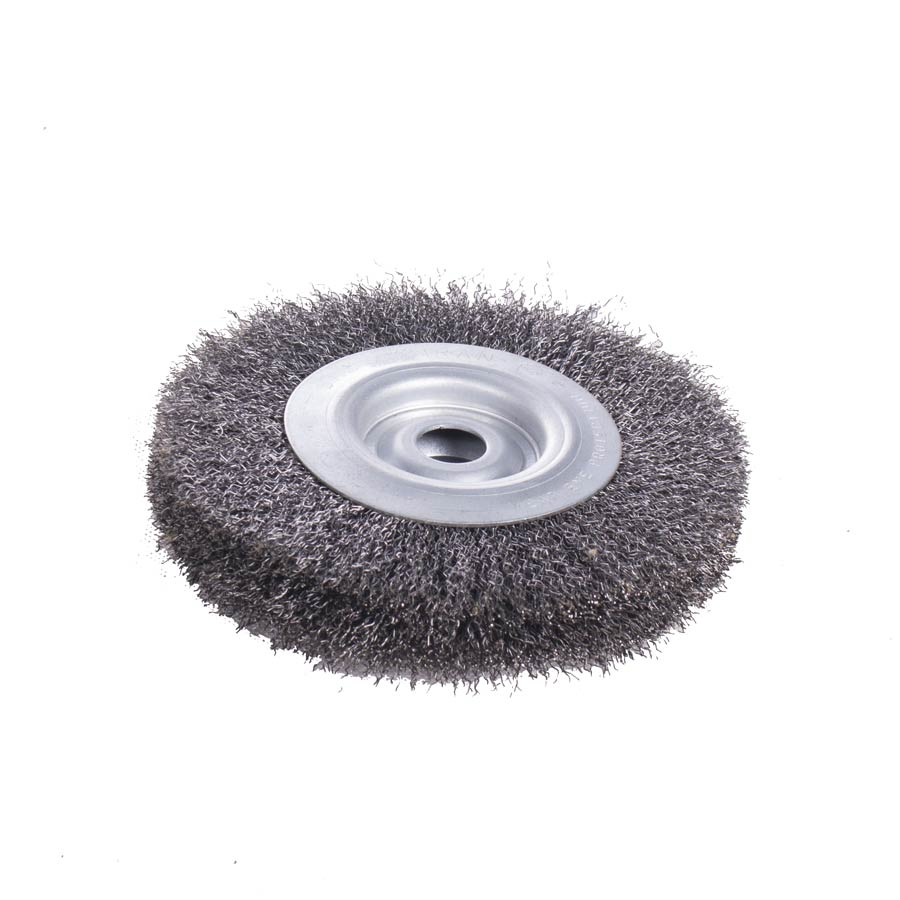Maintenance and Care of Flat Wire Brushes
Maintenance Schedule
| Maintenance Type | Frequency | Procedure | Expected Result |
|---|---|---|---|
| Visual Inspection | Before each use | Check for loose/broken wires | Safe operation |
| Cleaning | After each use | Remove debris and contaminants | Maintained performance |
| Deep Cleaning | Weekly | Solvent cleaning if needed | Extended lifespan |
| Replacement Assessment | Monthly | Measure wire length/density | Optimal performance |
Cleaning Procedures
Tools: Compressed air or wire comb
Frequency: After each use session
Solvents: Mineral spirits, degreaser
Duration: 10-30 minutes as needed
Solution: Alkaline cleaner
Benefits: Deep cleaning, removes all contaminants
Performance Degradation
Replacement Indicators
- Wire length < 50% original
- Broken wire percentage > 25%
- Performance decline > 40%
- Safety concerns present
Storage Requirements
Environment: Dry, ventilated area
Position: Bristles protected
Temperature: Room temperature














